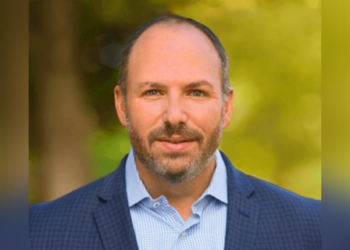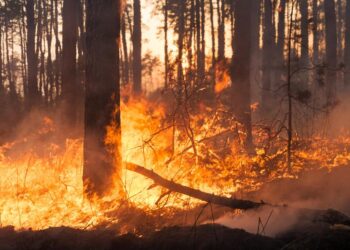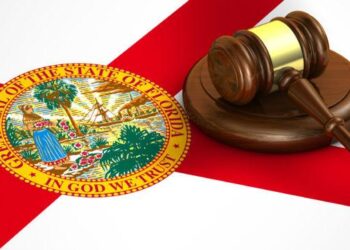Number of federally declared disasters since 1953: 68
2022 population: 1,093,117
(Credit: Danielle Boutte/Shutterstock.com)
Number of federally declared disasters since 1953: 49
2022 population: 1,378,449
(Credit: Wangkun Jia/Shutterstock.com)
Number of federally declared disasters since 1953: 56
2022 population: 1,359,677
(Credit: Xrmap/Public domain)
Number of federally declared disasters since 1953: 32
2022 population: 6,075,314
(Credit: Kevin Ruck/Adobe Stock)
Number of federally declared disasters since 1953: 80
2022 population: 5,961,083
(Credit: Neil Podoll/Shutterstock.com)
Number of federally declared disasters since 1953: 54
2022 population: 11,727,377
(Credit: Sean Pavone/Shutterstock.com)
Number of federally declared disasters since 1953: 45
2022 population: 622,882
(Credit: AJ13/Shutterstock.com)
Number of federally declared disasters since 1953: 60
2022 population: 12,518,071
(Credit: Iuliia Sokolovska/Adobe Stock)
Number of federally declared disasters since 1953: 60
2022 population: 5,739,781
(Credit: f11photo/Shutterstock.com)
Number of federally declared disasters since 1953: 37
2022 population: 9,995,212
(Credit: Sean Pavone/Shutterstock.com)
The size of the United States, along with its varying geography and climates, means different parts of the country are subject to very different types of risk when it comes to natural disasters. Regions in the southeast and along the east coast, for example, see the most hurricanes, but those in the western U.S. are at a greater risk of wildfires.
With one-in-ten homes affected by natural disaster in 2021, and almost $57 billion in property damage reported, those across all regions of the U.S. should take disaster preparedness seriously, but concern seems to vary region-by-region. People who live in the western United States are the most likely (46%) to “definitely” take extreme weather into account when deciding where to live, says a 2022 survey from FinanceBuzz. Across all regions, 34% of respondents said extreme weather is “definitely” a consideration.
No matter how low the disaster risk in your state is, nowhere in the U.S. is truly safe from the threat of these events, and it is important to be aware of exactly what your homeowners policy covers in the event you do sustain weather-related damage someday.
Of the 1,000 people surveyed by FinanceBuzz, only 39% said they believe their homeowners or renters insurance would fully cover their losses if their home sustained damage in a natural disaster; 14% said they did not believe their losses would be fully covered; 31% said they don’t know if their losses would be covered; and 16% don’t have insurance.
To ensure you have proper coverage, it is important to speak with your insurance agent annually to discuss your coverage and make sure it accounts for any changes, additions or improvements to your home or personal property.
In the slideshow above, we count down ten states with the lowest risk for natural disasters, according to World Population Review.









